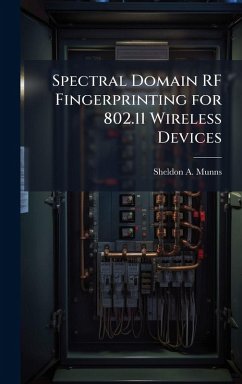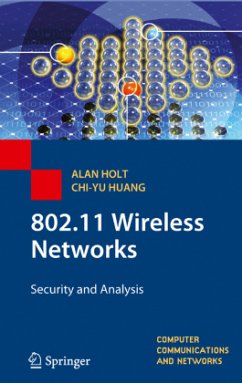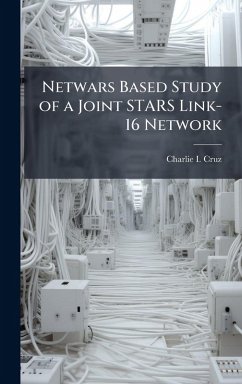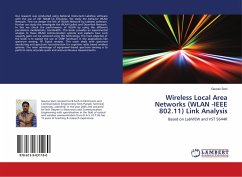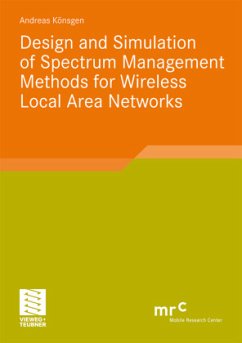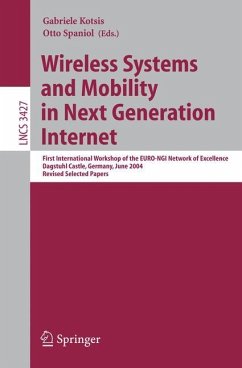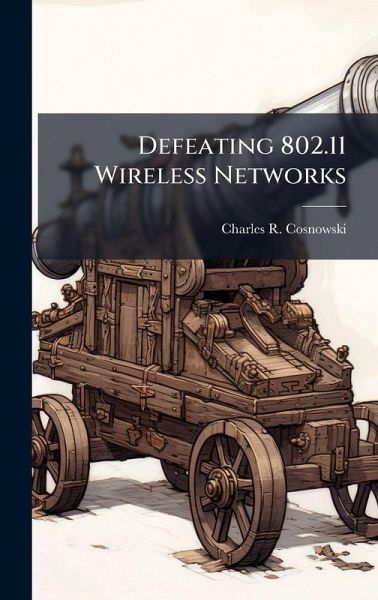
Defeating 802.11 Wireless Networks
Versandkostenfrei!
Versandfertig in über 4 Wochen
28,99 €
inkl. MwSt.
Weitere Ausgaben:

PAYBACK Punkte
14 °P sammeln!
Homeland Security of the United States is constantly under threat of attack from terrorist organizations. A variable and current terrorist threat is the use of unmanned aerial vehicles (UAVs) as weapons of mass destruction. These UAVs can be built simply and cheaply from commercial off the shelf (COTS) parts and are typically controlled using standard radio control (RC) technology. An emerging technology that is being implemented to control and communicate with UAVs is the 802.11 wireless network protocol or Wi-Fi. This project discusses various portions of the Wi-Fi protocol and analyzes the ...
Homeland Security of the United States is constantly under threat of attack from terrorist organizations. A variable and current terrorist threat is the use of unmanned aerial vehicles (UAVs) as weapons of mass destruction. These UAVs can be built simply and cheaply from commercial off the shelf (COTS) parts and are typically controlled using standard radio control (RC) technology. An emerging technology that is being implemented to control and communicate with UAVs is the 802.11 wireless network protocol or Wi-Fi. This project discusses various portions of the Wi-Fi protocol and analyzes the protocol to determine techniques for first detecting and then defeating wireless networks utilizing the protocol through denial or deception. The first set of techniques presented defeats a network through denial. These denial techniques are divided into two categories: broad area denial techniques and specific network denial techniques. After denial techniques are discussed a process for decieving an 802.11 wireless network is presented. This work has been selected by scholars as being culturally important, and is part of the knowledge base of civilization as we know it. This work was reproduced from the original artifact, and remains as true to the original work as possible. Therefore, you will see the original copyright references, library stamps (as most of these works have been housed in our most important libraries around the world), and other notations in the work. This work is in the public domain in the United States of America, and possibly other nations. Within the United States, you may freely copy and distribute this work, as no entity (individual or corporate) has a copyright on the body of the work. As a reproduction of a historical artifact, this work may contain missing or blurred pages, poor pictures, errant marks, etc. Scholars believe, and we concur, that this work is important enough to be preserved, reproduced, and made generally available to the public. We appreciate your support of the preservation process, and thank you for being an important part of keeping this knowledge alive and relevant.



